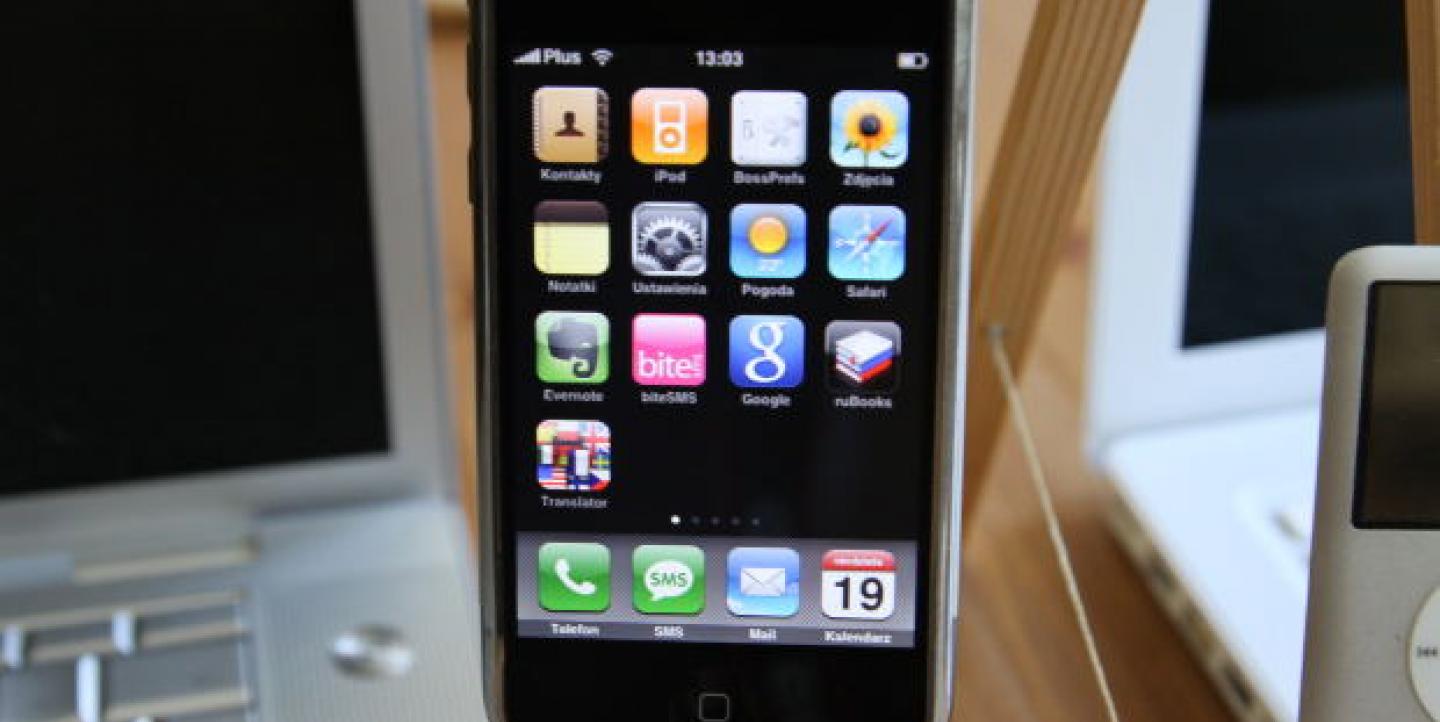Mobile reporting skills are becoming a prerequisite for many journalism jobs and assignments. Reporters should know how to capture sound to use in web and broadcast reports, or to simply record interviews to transcribe into text later.
While it's simple to record audio on a mobile device, getting an audio clip with good sound quality is more complicated. Here are four tips from Neal Augenstein, an award-winning radio reporter for WTOP in Washington, and broadcast voice coach Ann Utterback on how to maximize clarity when recording with mobile phones:
Be careful with consonants
One of the biggest culprits in unclear audio is something called a plosive consonent--letters like t, d, p and b--that can sound fuzzy without proper enunciation, Utterback says. For example, the word "winter" when not pronounced crisply can sound like the word "winner." To prepare for a clear recording, practice saying consonant-filled sentences. "One word combination that people use is 'fat lazy cat," Utterback says. "Saying the over and over a few times will wake up your mouth."
Use the "one-foot rule"
The distance between your mouth and the device largely determines the sound of the recording, Augenstein says. An additional microphone doesn't change the quality, he says, so he suggests using the phone's built-in microphone and holding the device roughly one foot (30 cm) in front of you. "When recording on a phone, there's a risk of distortion or clipping, and that comes if the phone is too close to the mouth," Augenstein says. "That's the sort of thing that can't be fixed in post-production."
Create cushy surroundings
According to Utterback, it's important to be surrounded by soft materials to enhance lower noise frequencies and eliminate some of the higher ones. This is the reason behind the use of curtains in movie theaters, she says. If the recording is being done in a car, this can be achieved by cutting up a cheap egg crate foam mattress topper and covering the windshield and windows with it. Throwing a blanket or coat over your head while recording is also an option. "It's most important to make sure there is a soft surface in front of you," Utterback says.
Block out the breeze
Smart phone microphones are especially susceptible to wind noise, Augenstein says. To prevent weather-related interference, he suggests buying a microphone wind screen, which can be purchased for less than US$5. They vary in size, so make sure you choose one big enough to hold your device. "You just stick your phone down in it. It looks silly, but it cuts out noise that can damage your reporting. It's a good, cheap way to improve sound quality," he says.
Photo courtesy of Morguefile

